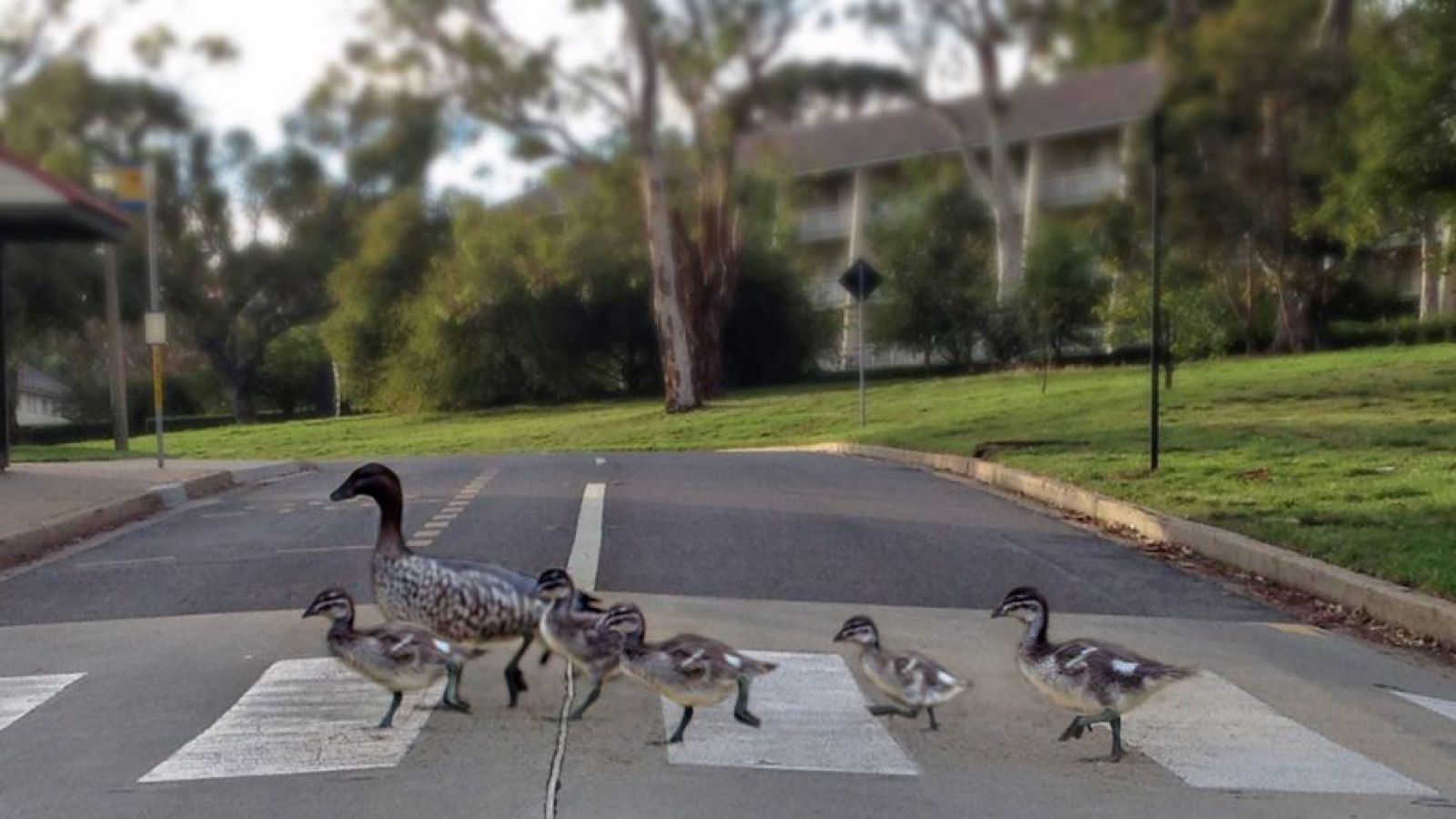Howard Morphy's Huxley Medal

Even at the very beginning of his career, Howard Morphy was completely committed to the pursuit of intercultural knowledge. 
He spent years with the Yolngu people of northeast Arnhem Land for his PhD research, and has returned there time and again, continuing relationships with locals and creating a unique archive of cultural understanding.
Throughout the decades of his career moving, between museum and university, between the field and the gallery, Professor Morphy has revealed how art and material culture are at the centre of the anthropological discipline.
His most recent award shows just how special Professor Morphy is as a member of the University, but also the global anthropological community.
Professor Morphy was recently awarded the Huxley Medal in recognition of his decades of influence in the field of anthropology.
The Royal Anthropological Institute’s President, Professor Clive Gamble spoke at the medal ceremony, saying Professor Morphy has re-established the field of visual anthropology at the heart of the discipline.
“His seminal work Ancestral Connections published in 1991 contained a marvellously subtle and evocative description of Aboriginal art that has inspired a generation of anthropologists, many who became attracted by the equal brilliance of his teaching to become his students, and who have gone on themselves to forge successful careers,” said Professor Gamble.
“Howard, though, has not just been an extraordinary gifted teacher, curator, researcher, film maker and writer.
“He has been committed throughout his career to overcoming the divisions between peoples, and especially between the anthropologist and the object of their study, so as to formulate creative, dynamic partnerships that build on our common humanity.”
Professor Morphy received the award with pleasure, treasuring the medallion which was cast at the Royal Mint in Britain.
“I was somewhat stunned to hear that I had been awarded the Huxley Medal. In particular, it was also a shock to realise that I had reached the age that is a partial qualification,” said Professor Morphy.
“I began as an anthropologist working on museum collections of artefacts from the Lake Eyre region of Central Australia, before beginning a lifetime of field research with the Yolngu people of Eastern Arnhem Land, carried out jointly with my wife, Frances Morphy, who is a linguistic anthropologist at ANU.
“My present research is a collaborative project with the National Museum of Australia and the British Museum, working with Indigenous communities to develop an exhibition of the British Museum’s most significant Australian collections.”
Professor Morphy is the Head of the Research School of the Humanities and the Arts within the College of Arts and Social Sciences at ANU.